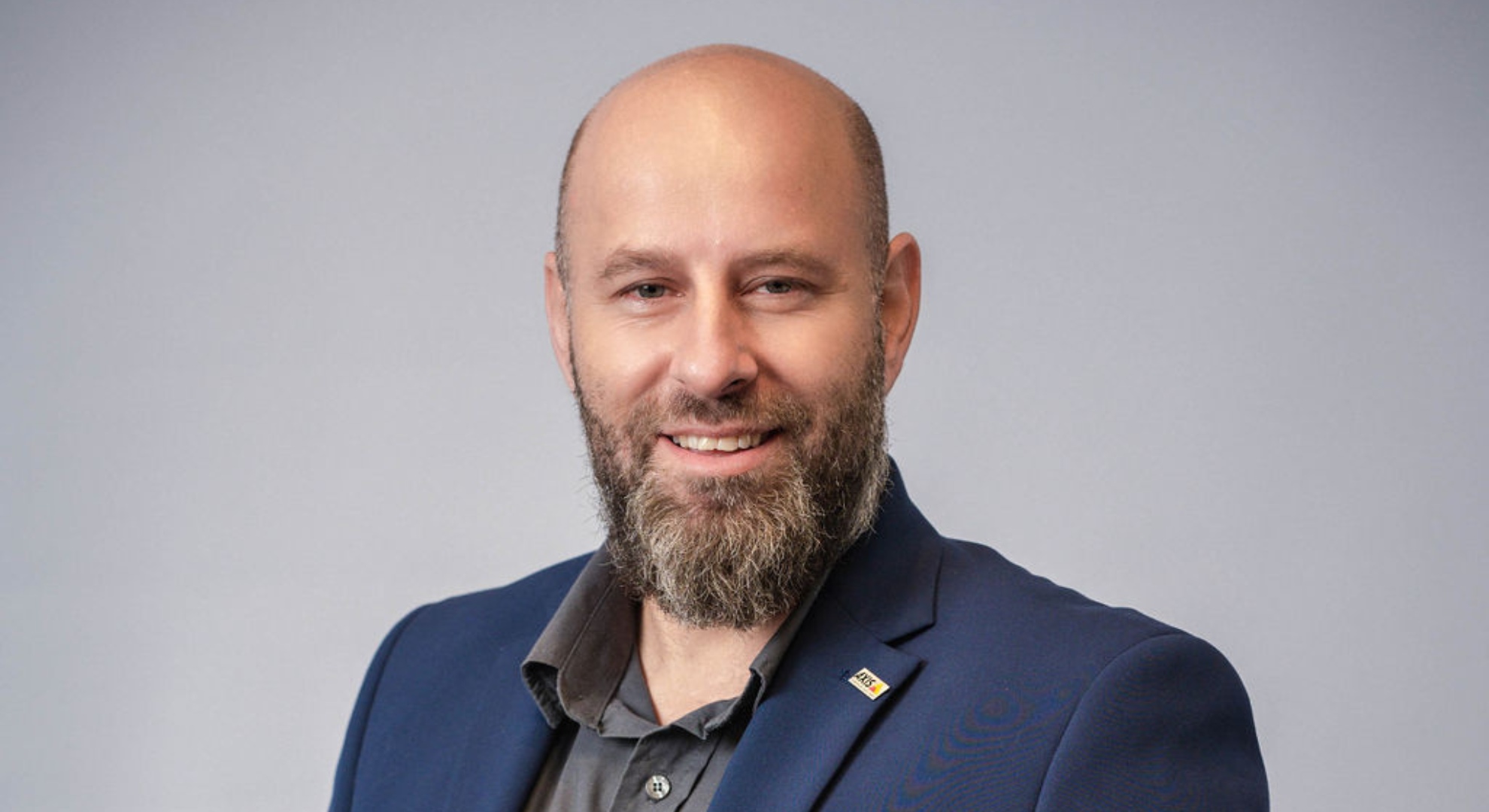With public safety being a key component of any thriving economy and stable civil society, governments and agencies can take a wholesale approach and leverage smart technologies where possible. That said, with that approach comes obligations towards citizen privacy, and a responsibility to implement public security and surveillance in a secure and ethical manner.
No country is without crime, but by leveraging smart technologies and intelligent surveillance and monitoring solutions, South Africa can lay a course towards confronting threats and helping South Africans feel safer and more secure.
A prerequisite for national growth
Public safety plays a critical role in supporting economic growth and vitality as it reduces the cost of crime while enhancing the desirability of locations for both people and businesses. Crime can directly impact a person’s willingness to live in a certain area, be it urban or rural, and participate in economic activities to the detriment of potential growth and socioeconomic development.
And even then, the impact of crime touches all corners of society, hence the need to prioritise it. Chapter 12 of South Africa’s National Development Plan outlines several priorities to achieve a crime-free nation by 2030, including achieving long-term sustainable safety via an integrated approach to tackling the fundamental causes of criminality.
A smart approach to security
With more than two-thirds of South Africa’s population living in urban areas (and projected to reach 80% by 2050), the country’s metropoles can turn to technology and data to best protect its residents and visitors. Network surveillance is not new, but it has evolved and become more capable, encompassing important applications in citizen safety, emergency management, and crime investigation.
Using network cameras that can operate in all kinds of weather and light conditions, operators can identify incidents and alert the necessary personnel. Integrated loudspeakers can also give operators the means to interact with an incident, delivering instructions or deterring inappropriate or criminal behaviour. Meanwhile, video footage analysis and the data that results from it can be used to improve municipal planning and decision-making, making cities more proactive towards overall public safety.
An eye towards privacy
As much as network surveillance can be a powerful tool for public safety and security, its use in public spaces carries considerations towards individual privacy. Operators have a responsibility to protect people’s rights and must therefore implement appropriate measures surrounding the capture, storage, and sharing of video data.
Innovations in artificial intelligence and analytics software have enabled operators to confront this challenge. Dynamic anonymisation, wherein software automatically anonymises people while monitoring their movements and activities, can be used to obscure both people’s faces and vehicle license plates while retaining the option for operators to unmask them in the event of an investigation. Operators can also permanently mask these details in a situation where they are relevant to the aim of the surveillance. Identity protection can also be guaranteed by the choice of hardware. For example, thermal cameras, instead of video cameras, can be used to monitor an area without capturing any specific or personal information.
This goes to show that security and privacy can be possible at the same time. Compliance with local and international regulations, made possible with innovations and cutting-edge network solutions, goes hand-in-hand with South Africa enshrining public safety and making every citizen feel safe wherever they go.



